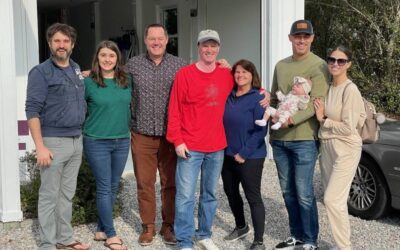 Owning a house means unexpected expenses: a tree falls and crushes a fence, the water heater fails or a raccoon moves in under the back deck. You need to take care of the problem right away and that entails a cost. When you are the sole owner of a house, you know what you have to do and where you will get the funds to fix the problem.
Owning a house means unexpected expenses: a tree falls and crushes a fence, the water heater fails or a raccoon moves in under the back deck. You need to take care of the problem right away and that entails a cost. When you are the sole owner of a house, you know what you have to do and where you will get the funds to fix the problem.
When there is a problem at a co-owned vacation house, each of the owners would contribute to paying for the fix. However, the logistics of organizing this payment make it difficult to rely on for most expenses and make the job of the house treasurer much more difficult.
A much better solution is for each co-owner to contribute to a reserve fund. When an unexpected expense comes along, the fund can be tapped to pay for repairs. The recommended size for a reserve fund is about 3% of the value of the house.
The fund can be fully funded upon purchase of the house or added to on a regular basis by each of the owners. If it is on a regular basis, the excess funds can be shifted to a capital expense account. The account can be used for improvements to the vacation house; for example, if you wanted to install a new hot tub, you could wait until sufficient funds were in the account.
 Here’s an example of how a reserve fund would work:
Here’s an example of how a reserve fund would work:
Eight co-owners share a $500,000 cabin. They each pay $64,375 cash to buy the cabin and fully fund the reserve fund at $15,000. Two months after acquiring the property a tree falls on the deck requiring $10,000 for replacement. The funds are drawn from the reserve, leaving it at $5000.
A rough average of utilities and maintenance costs average about 2% of the house’s value per year. So for this house it is about $850 per month, which works out to about $106 per owner per month.
So, if each owner contributes $200 per month, and there were no other major expenses, in less than a year the reserve account would again be fully funded ($15,000 or 3% of $500,000).
If the owners continue to contribute at the same level, the excess funds would go into a capital expense fund.




